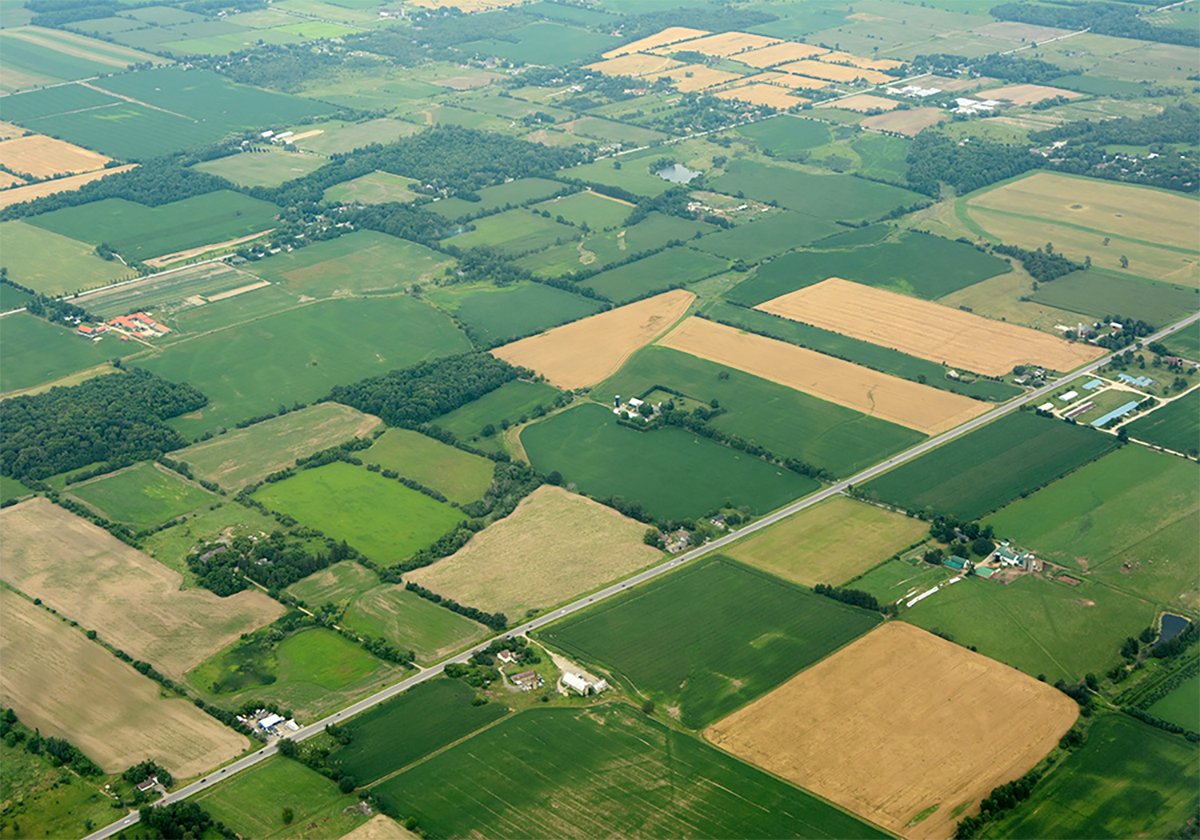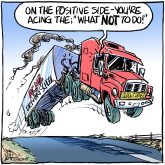THE LIFE of a rural veterinarian involves long, unpredictable hours, heavy and often arduous work and annual income in the mid five figures. Add to that the limited amenities available in small towns and the reasons for a shortage of rural veterinarians -societal, cultural and fiscal – become clear.
This shortage is a concern for western Canadian farmers and ranchers who rely on the skills of veterinarians to protect animal health and by extension the health of the farm or ranch.
That’s one reason last week’s announcement of a new veterinary medical school to be launched in Calgary in 2006, at a cost of $12-$16 million, was greeted with favourable response from factions including other Alberta universities, Alberta Beef Producers and Alberta Veterinary Medical Association.
Read Also

Higher farmland taxes for investors could solve two problems
The highest education and health care land tax would be for landlords, including investment companies, with no family ties to the land.
The new school is expected to graduate 30 veterinary students each year, and also undertake research into animal diseases and food supply safety.
Absent from celebrations over the announcement, and conspicuously so, was the Western College of Veterinary Medicine in Saskatoon, Western Canada’s only veterinary research and teaching facility.
Any new educational initiative that will address a need should be applauded. The Alberta government has the dollars to fund and support such an initiative, and if funding can be announced in an election year, so much the better for the party holding the purse strings.
It is also encouraging that the province reaffirmed its $4.5 million annual support for the WCVM that guarantees spots for 20 Alberta students.
But whether the new school will address the need for more rural veterinarians remains a question. The trend of recent years is for more students to choose small animal practice in larger centres upon completion of their education.
Odds dictate that more graduates will produce more rural vets, but this goal could be met at a lower cost by funding more spots at the WCVM.
Of course, spending money in Saskatchewan doesn’t get the same political mileage for the Alberta government as a made-in-Alberta plan, even if the former option is a better use of money and has the added benefit of strengthening a facility that has long served all of Western Canada. The new Alberta program might instead increase costs for the WCVM through competition for faculty and spreading grant and industry group money more thinly.
Our BSE experience shows that animal disease in one province hurts livestock producers in all provinces. The best way to protect and ensure animal health is to properly fund a centre of excellence in veterinary teaching and research to serve all western beef producers.
Perhaps the Alberta Advantage in this case is to augment the province’s interests in a western Canadian entity, the WCVM. This might enable the government to demonstrate its largesse on projects that will more efficiently and reliably address the needs of farmers and ranchers.














